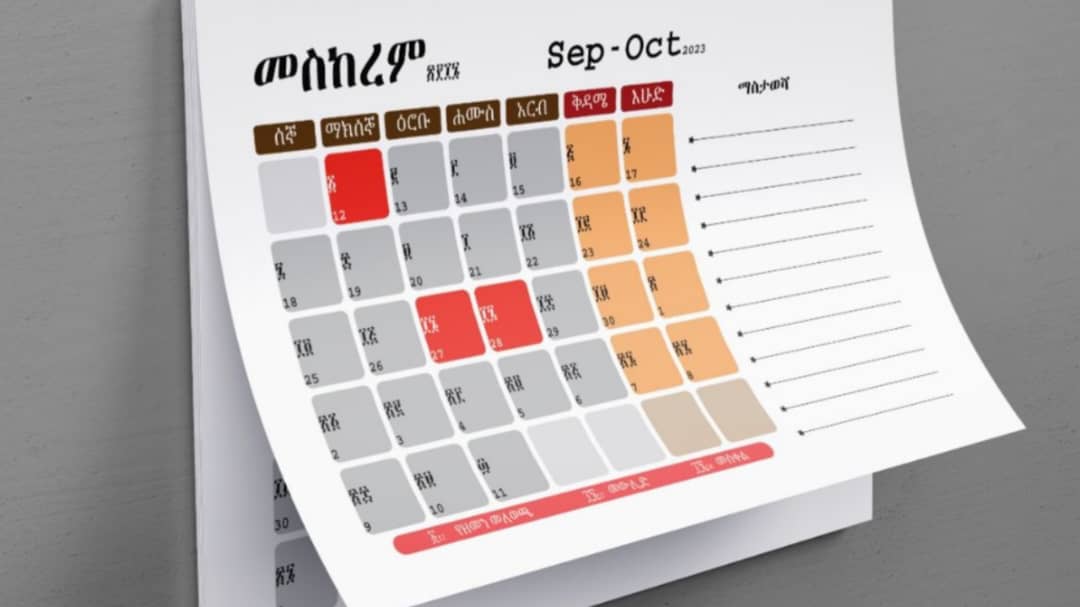Nigeria's 5G Nightmare: Three Years In, Coverage Stalls at a Dismal 3%

Despite significant investments by telecoms service providers, the adoption of ultra-fast 5G networks in Nigeria remains remarkably low, with only 3% of the internet subscriber population, equating to just over 4 million users, currently utilizing the technology. This is according to the latest data from the Nigerian Communications Commission (NCC), which also indicates that 4G has surpassed 2G as the dominant mobile technology in the country, accounting for 44.96% of connections, followed by 2G at 43.53% and 3G at 9.32%.
This low adoption rate in Nigeria stands in stark contrast to global trends. A recent GSMA report highlights that 5G connections worldwide exceeded 1.5 billion by the end of 2023, making it the fastest-growing mobile broadband technology to date, achieving this milestone much quicker than its predecessors, 3G and 4G. For Africa, the GSMA projects a substantial increase to over 340 million 5G connections by the end of the decade, representing one-fifth of all mobile links, with 4G and 5G combined expected to account for nearly two-thirds of the continent's total connections. Furthermore, 5G alone is estimated to contribute $26 billion to Africa’s economy by 2030, benefiting sectors like retail, manufacturing, and agriculture.
5G expansion in Africa has been gradual since Vodacom and MTN launched the first major networks in South Africa in 2020. In Nigeria, three operators were licensed for 5G services, but only MTN and Airtel have successfully rolled out their networks. Mafab Communications, despite a public launch event in January 2023, has yet to deploy any services or network infrastructure.
The primary barrier to mass 5G adoption across Africa, including Nigeria, is device affordability. Mr. Mcebisi noted that while connectivity infrastructure is crucial, having enough subscribers with compatible devices to ensure a complementary financial return is equally important. While 5G-enabled smartphones are increasingly available in most African countries, typically in the $150 range, prices need to drop below $50, similar to 4G-enabled phones, to guarantee widespread uptake. The GSMA corroborates that high device costs are a major disincentive, even as prices are gradually falling. To address this, at MWC Kigali 2025, the GSMA and leading African operators launched an initiative proposing minimum specifications for affordable 4G smartphones and urged governments to eliminate taxes and duties on devices priced under $100, which could reduce handset prices by up to 50% and extend access to the three billion people in Africa lacking meaningful connectivity.
Beyond device affordability, high operating costs for telecoms service providers present another critical challenge. Network equipment, primarily sourced from a small circle of Western producers, is expensive, making telcos vulnerable to currency fluctuations. Deploying 5G networks also demands dense fibre optic backhaul, costly tower upgrades, and significant power consumption. The NCC reported that industry-wide expenses in Nigeria surged by 50.92% in 2023, driven by rising diesel prices, increased security costs, and expensive imported equipment. The depreciation of the naira by over 220% between 2021 and 2024 has further exacerbated financial strain.
Vandalism also significantly compounds these operating challenges. Bloomberg reports that Nigerian telecom players incurred approximately N27 billion ($23 million) in 2023 due to fibre cut repairs and revenue losses from damaged cables. MTN alone spent over N11 billion relocating 2,500 kilometers of vulnerable fibre cables between 2022 and 2023, a sum that could otherwise build over 870 kilometers of new fibre lines in underserved areas.
For Nigeria to realize its 5G aspirations, several steps are crucial. Device affordability must improve, necessitating that local and global manufacturers offer low-cost 5G smartphones tailored for the African market. Telecoms service providers must enhance infrastructure sharing arrangements, co-utilizing towers, fibre networks, and power facilities to reduce costs. While new connectivity models, such as satellite solutions like Starlink, can extend reach to remote areas, they alone cannot bridge the gap. Ultimately, real progress hinges on a combination of affordable devices, relevant local services, and robust digital skills to ensure that network coverage effectively translates into active participation for the population.
You may also like...
Cinema Sensitivity and the Nigerian Reality: Why The Herd Divides Viewers

A commentary on the controversy surrounding the Nigerian film “The Herd,” examining calls for its ban over alleged ethni...
The Ancient African Calendar That Existed Before the Gregorian Calendar

Have you heard about the Ethiopian calendar? its astonishing accuracy and scientific brilliance, it is an ancient Afric...
Do Africans Abroad Owe the Continent Anything?

Do Africans abroad owe the continent and those back home anything? A bold and reflective social commentary exploring whe...
African Giants Secure World Para Championships Berth!
)
Nigeria and Egypt emerged as the dominant forces at the 2025 ITTF-Africa Para Championships in Giza, securing multiple g...
NBA Showdown Explodes: Suggs Ejected, Five Technicals in Fiery Magic-Sixers Clash!

Orlando Magic's Jalen Suggs was ejected from a game against the Philadelphia 76ers after a heated altercation involving ...
HBO Max Unlocks ‘Chespirito’ Universe with New Series, Teases ‘Like Water for Chocolate’ Season 2

HBO Max Latin America unveils a robust 2026 content slate, building on past successes with new series inspired by Chespi...
Apple TV Blasted! Major Thriller Series Pulled Days Before Premiere Over Plagiarism Scandal

Apple TV+ has abruptly removed its upcoming French thriller, <em>The Hunt</em> (Traqués), from its December lineup due t...
Summer Walker Dominates: R&B Queen Achieves Historic No. 1 Album Trilogy

Summer Walker's new album, "Finally Over It," has debuted at No. 1 on Billboard’s Top R&B/Hip-Hop Albums chart, achievin...




